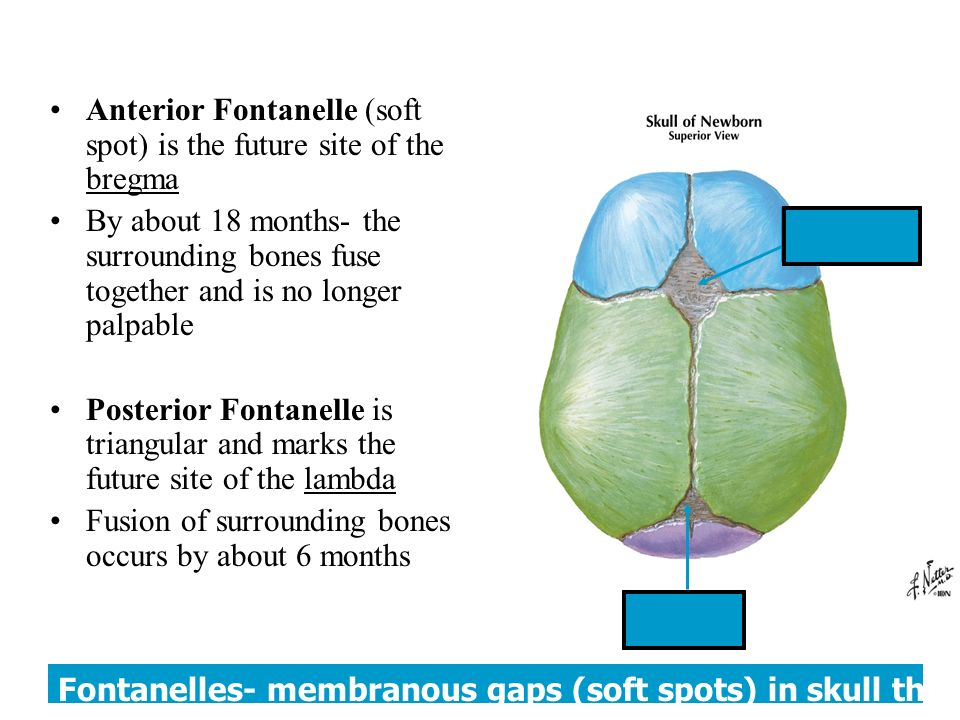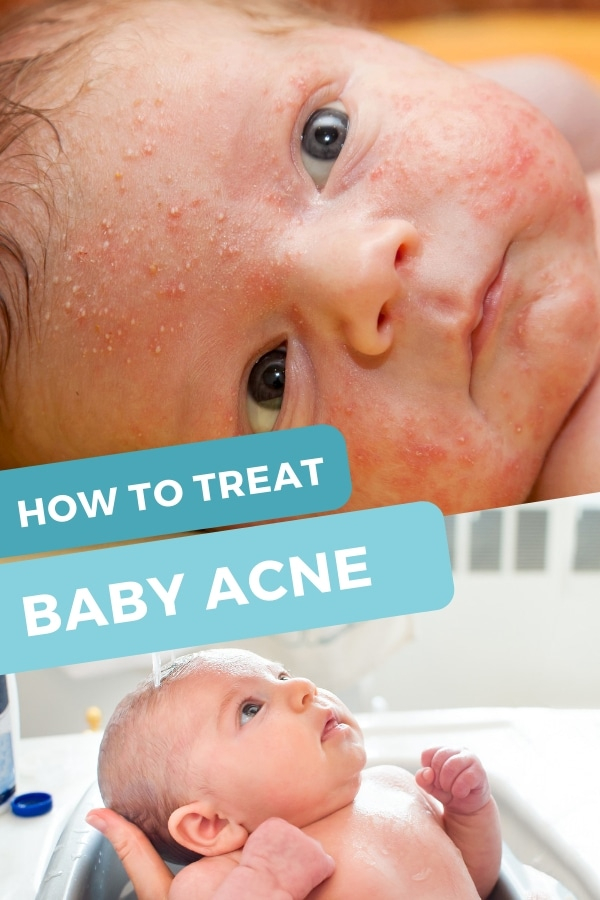When Does Baby’s Fontanel Close: A Comprehensive Guide
Are you a new parent curious about when your baby’s fontanel will close? Understanding this crucial aspect of your baby’s development can help you ensure their well-being and monitor their growth effectively. In this article, we will delve into the details of when a baby’s fontanel typically closes, what factors can affect the timing, and why it is essential to keep an eye on this process.
Knowledge
The fontanel, also known as the soft spot on a baby’s head, is a gap between the skull bones that allows for the baby’s brain to grow and develop rapidly during the first year of life. There are typically two fontanels on a baby’s head: the anterior fontanel located at the top of the head and the posterior fontanel located at the back. The anterior fontanel is the larger of the two and is the one most people refer to when discussing the closure of the fontanel.
On average, the fontanel will close between 12 to 18 months of age. However, every baby is different, and the timing can vary. Some babies may have their fontanel close as early as 9 months, while others may take up to 24 months for it to fully close. Premature babies may have a delayed closure of the fontanel compared to full-term babies.
Factors that can affect the timing of fontanel closure include genetics, nutrition, and overall growth and development. Babies born to parents with a history of delayed fontanel closure may also experience a similar timeline. Ensuring your baby receives adequate nutrition, including enough vitamin D and calcium, can support healthy bone growth and contribute to the timely closure of the fontanel.
It is crucial to monitor your baby’s fontanel throughout their first year and inform your pediatrician if you notice any abnormalities. A sunken fontanel could indicate dehydration, while a bulging fontanel could be a sign of increased intracranial pressure. Regular check-ups with your pediatrician can help ensure your baby’s fontanel is closing as expected and that they are reaching important developmental milestones.
Conclusion
In conclusion, understanding when a baby’s fontanel closes is an essential part of monitoring their growth and development. By being aware of the typical timeline for fontanel closure and factors that can affect it, you can ensure your baby is on track for healthy development. Remember to consult with your pediatrician if you have any concerns about your baby’s fontanel or overall growth.
Overall, this article is aimed at new parents and caregivers who want to learn more about when a baby’s fontanel typically closes and why it is important to monitor this process. By staying informed and proactive, you can provide the best possible care for your little one and support their healthy development.
As your baby grows and their fontanel closes, remember to celebrate each milestone and cherish the precious moments of their early years. Your attentiveness and care are crucial in ensuring your baby thrives and reaches their full potential.






